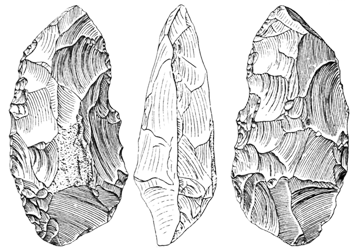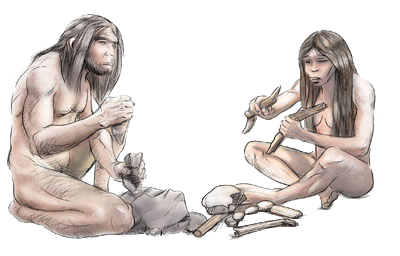Cerro Alcolea, a walk for the history
Cerro Alcolea has been an strategic location for ages. In fact, the word Alcolea (from Arabic, al-qulaya), comes from “alcalá” (qala), which means “strong place” or “citadel”. There are some walls remaining from the Medieval Age on top of the Cerro, but the oldest settlements found belong to the Paleolithic men. According to some archaeologists, some remains are over 30,000 years old.

On both the northern and the eastern slopes we can find very high quality silex, located within the veins inside the limestone. There was so much silex on this area during Prehistory that Cerro Alcolea became one of the most important exploitations in the south of Spain. There was also a workshop on location, where silex used to be treated. The complex would produce silex in an industrial way for a long time.
Silex was used for creating weapons (arrows, axes, etc.) tools and other utensils. The quick development of this workshop might be related with the commercial routes around dolmens. Cerro Alcolea is close to Antequera, Casabermeja y Alhama, three municipalities with dolmen constructions.

There are some shafts left from the old exploitations. Silex was extracted over the ages up to the 20th century. In the recent times it was used for the stones used to light the rifles.
A necropolis from the Bronze Age is also located on Cerro Alcolea. Fifteen graves were found on the northwest slope of the mountain along with some bronze plates.

El Poblamiento Prehistórico del Alto Vélez hasta la Edad de Bronce - José Ramos Muñoz
Bifaz de Cerro Alcolea - Jesús Rico Pérez



